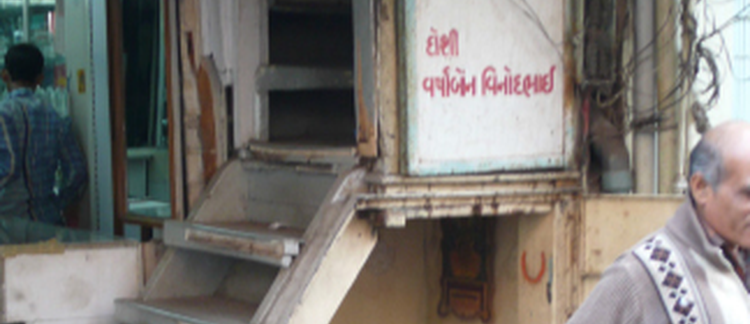Abstract
Starting from an analysis of Georges Bataille’s text ‘The Labyrinth’ (1935-6), this essay addresses the always changing relationship between architecture and the city, considering in particular the architectural ‘void’, as both a physical space and a disciplinary domain. In the city, architecture operates in a ‘void’ that is dense of tensions, unevenness, singularities, stratifications and movements, and must devise strategies for addressing and inhabiting these networks of relations. Focusing in particular on Peter Eisenman’s definition of the ‘interstitial’ as a spacing condition of form-form relation, and on Rem Koolhaas’s ‘strategy of the void’ and its congestion with architectural ‘junk’, this text argues that different postmodern positions on architecture in the city have addressed the ‘void’ as a space that is not feared, and therefore ‘designed’ by the architectural project, but tensioned with the potentiality of Bataille’s convulsive laughter: that destabilizing and de-compositional force that transverses relations of structured organizational contiguity, and challenges their forms with a force that travels across the (architectural) ‘void’, revealing the unstable and dynamic nature of both architecture and urban constructs.
How to Cite:
Stoppani, T., (2014) “Relational Architecture: Dense Voids and Violent Laughters”, field 6(1), 97–112.
Downloads:
Download PDF

